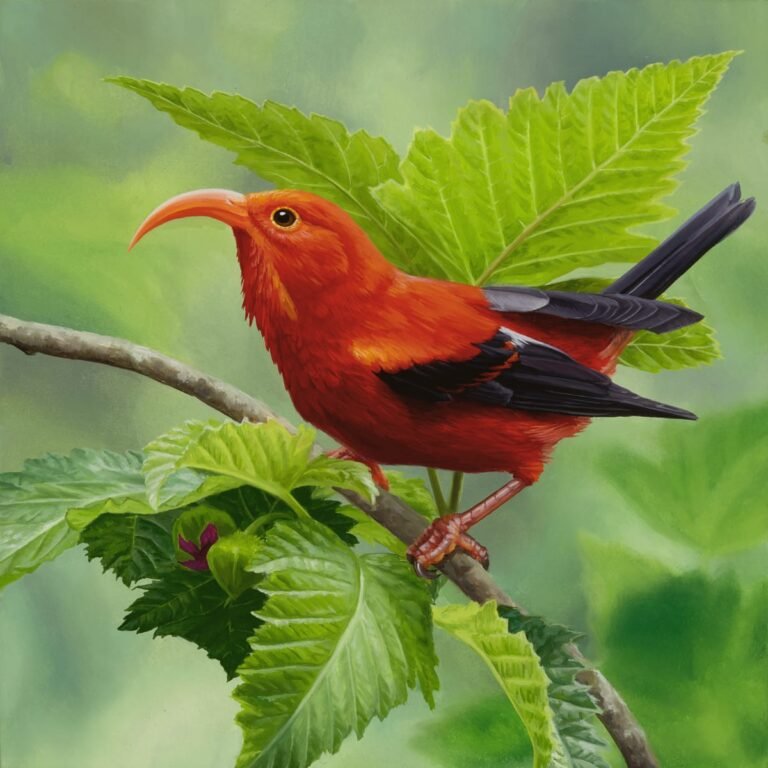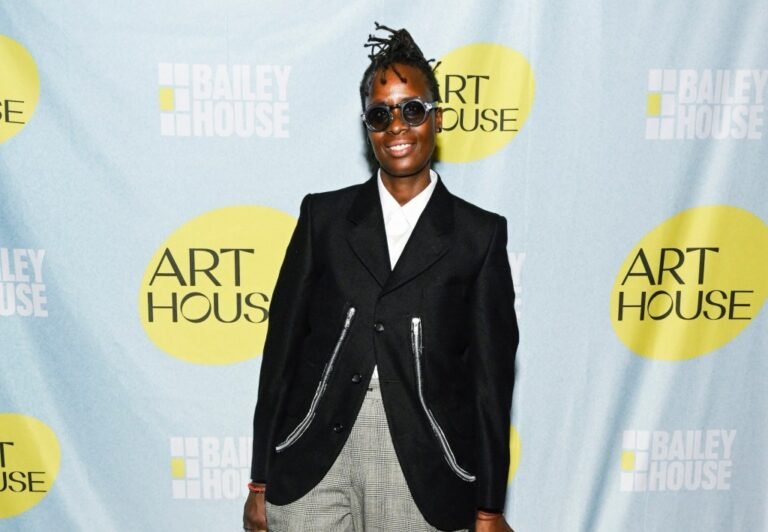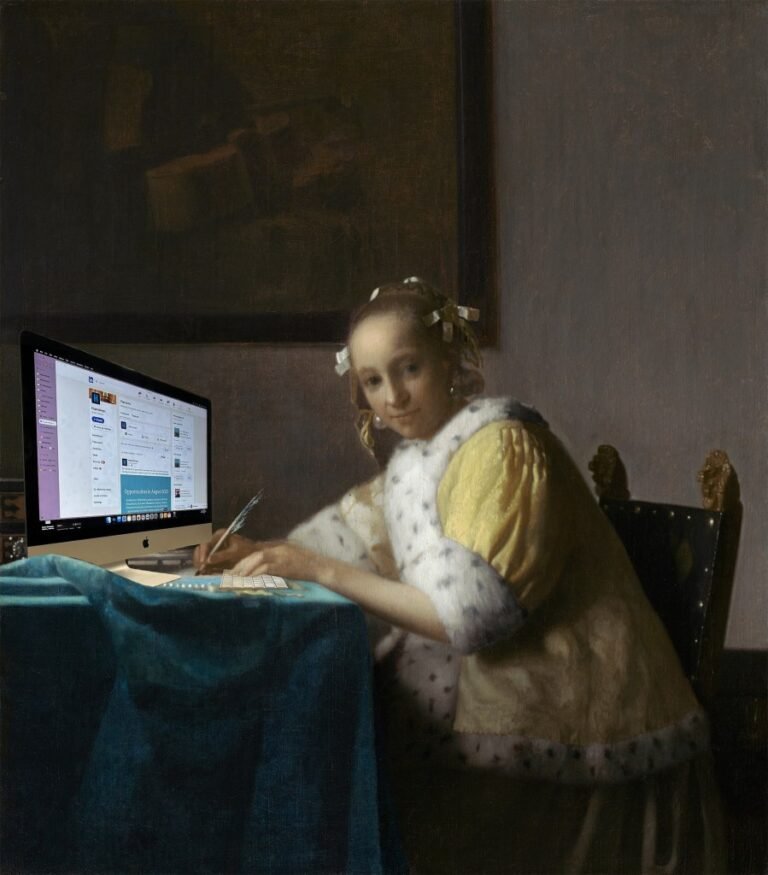

As a rebellious youngster, I didn’t want to be the third generation of my family to attend the Institute of American Indian Arts (IAIA) in Santa Fe, New Mexico. I started college at the University of New Mexico, trying to find my own identity, my own community, my own interests — outside of the heavy weight of Tribe, family, and a heritage of artists and philosophers. It took a run-in with the Albuquerque Police Department, and deep faith in the poetic creativity of an Indigenous partner who was unable to study anywhere else, to transfer to IAIA. Almost like running home. I brought my irreverent misfit spirit and found a new family of like-mindeds in the dorms, classrooms, studios, library, in and around the campus, sitting like a sentinel on the juniper-tree dotted outskirts of Santa Fe. As the sky burned low in the evenings, fellow student Kit Julianto would pull out his hand drum and sing the sun down. I would then retreat to my dorm and parse through what White historians wrote about Indigenous history and compare it with our seminars and my own lived truth.
Among many other attacks on DEI initiatives, First Peoples’ infrastructure and livelihood, and environmental concerns, the Trump administration has threatened to defund IAIA. After countless hours of writing letters and contacting senators and congresspeople alongside the retiring IAIA President Dr. Robert Martin, my fellow Trustees, and members of the larger IAIA community to keep the doors open, we succeeded in securing funds. But the institution faces a drastically decreased budget that it will have to utilize to run all programs and continue to offer the safe and healthy learning facility it has come to be known for. It will be with grit and tenacity that we stand by this school and commit ourselves to the dream we hold for it. We know this struggle; we dream of building healing creativity from a state of safety, of peace. Once again, our foundations rattle.

In 2007, I graduated from IAIA with a bachelor’s degree in Studio Arts. The class was small and we were very close. We walked the stage in our varied traditional regalia, proud. I shared studios and long conversations with peers like Dyani White Hawk, and co-founded Humble, an underground art space in a warehouse in Santa Fe, with Cannupa Hanska Luger and our crew, where I sang in the bands Chocolate Helicopter and The Wake Singers. It is wild to see our roads unraveling before us, together in this world. We now exhibit, curate, lead, produce, make music, and teach, sharing our mutually influential voices far and wide.
After earning my first graduate degree in ceramics from the Rhode Island School of Design (RISD) in 2011, I was able to return to Santa Clara Pueblo and live on my ancestral homelands, only an hour-long commute to teach at IAIA. I led seminars, writing courses, and ran the ceramics department before it was headed by the wonderful Daisy Quezada Ureña, now the institution’s dean of academic affairs.
IAIA launched a master’s program in creative writing in 2013, and after some time at Northern New Mexico College for Automotive Science, I realized the new program was exactly what I had been looking for. A school where the students sitting around the table are of a relatively similar background allows for a natural flow of learning and expressing — something that doesn’t happen for the so-called “only Indian in the room.” After being at a place like RISD (which challenged me in ways I value deeply), I was tired of constantly being forced to explain my context, working my way to baseline. At IAIA, context didn’t need to be explained — allowing for a different rate of growth and expression. Outside IAIA, I held my breath; I changed the way I stood, spoke, and reached out, because there was something missing. I returned for that second master’s in creative nonfiction to write the text on Indigenous Aesthetics I felt was lacking.

During this time of study, I had the opportunity to co-teach a seminar on Indigenous Aesthetics with my brother, Dr. Porter Swentzell; get feedback on my work from influential and talented Indigenous authors like Sherman Alexie and Terese Marie Mailhot; and watch my contemporaries like novelist Tommy Orange not only make lasting change in the Indigenous literary landscape, but ascertain a solid footing in literature as a whole.
There is no other place in the world where I was equipped to realize that Indigenous Aesthetics does not need to be defined in the language or sources of the colonizer, that there is another way to approach, teach, define, and communicate it. I found my way to this truth — not alone, but through the quality of community that is, inherently, IAIA.
In November of 2023, I was appointed by then-President Biden to the Board of Trustees of IAIA. I wholeheartedly believe in this university. I believe in the power of offering Indigenous people opportunity and space for investigation — both personal and communal. I believe in the power of collective strength to lift the voice of our people, to claim our rightful position as leaders of creativity and aesthetic expression. The threat of defunding this precious and influential resource is not only an added stressor to an actively rebuilding and healing Indigenous community, but is also heartbreaking to those of us who know the worth of an experience like the one IAIA has to offer.
I learned the term “Postcolonial Stress Disorder” in my third year of undergrad at IAIA. I was sitting in a small, theater-style classroom with a projection of a first-phase Ute-style Navajo Chief wearing a blanket — the legendary Native art history professor Stephen Fadden (Mohawk) addressing the class slowly, letting the words sink in, catching our eyes, one by one. In the pauses between Fadden’s words, we were putting our own histories into context. We were nipping the edges of each of our stories. The spaces between our student souls in that dark room, filled with memories and histories, and our very own communal futures, all held in those pauses between us; there was, and is, absolutely nothing else like it.






